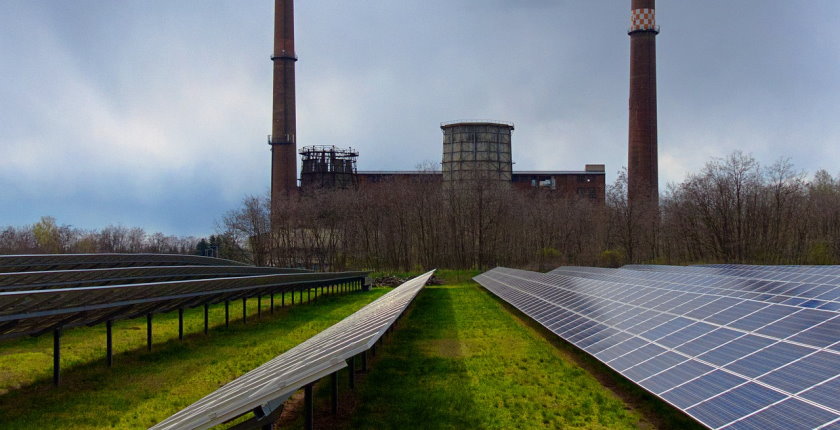
Michael Reichelt from Pixabay
The largest state-owned power producer in Bosnia and Herzegovina picked five former open pit coal mines and ash and slag dumps for photovoltaic projects. EPBiH intends to gradually shut down the facilities that use the fossil fuel and replace them with solar power plants.
Ajla Merzić from the development department of Elektroprivreda Bosne i Hercegovine (EPBiH) said the company would lean on hydropower and renewables for power production beyond 2050. She told Faktor.ba the biggest electricity producer in Bosnia and Herzegovina would eventually have to close its coal-fired thermal power plants in Tuzla and Kakanj.
The two coal-fired systems are still dominant in the country, according to the state-owned utility’s official. Merzić pointed to the obligations from the Sofia Declaration and the demands from the European Union and noted that carbon neutrality would need to be achieved.
Miners must be protected
EPBiH finished its first wind power plant, Podveležje, early this year, and plans to add a 30 MW solar power plant at the same location. It is developing wind farm projects Vlašić in Travnik and Bitovna in Konjic. Merzić revealed the company chose five former open pit coal mines and ash and slag dumps for future solar power plants.
Several units in thermal power plants Tuzla and Kakanj must be closed in 2023
The photovoltaic systems will be installed as thermal power plants and coal mines are gradually shut down, the article adds. Several units in Tuzla and Kakanj must be closed in 2023, Merzić said and added the capacities must be replaced and that it is imperative to prevent miners from becoming unemployed. Some of the workers will be trained to work on solar power plant projects, she claimed.
Biomass on coal land
EPBiH planted fast-growing willow trees on two hectares that belong to the Kreka and Breza coal mines as an experiment with United States–based firm E3. The idea is to use the biomass in power production in existing thermal power plant units, Ajla Merzić asserted and stressed it is also an opportunity for job creation as the project would be spread to several dozen hectares next year.
At the initiative of the Energy Community Secretariat, the company decided in May to include carbon dioxide prices in its financial reports from next year.
Western Balkan countries are facing a cross-border carbon tax which the European Union said it would introduce, unless they start charging for greenhouse gas emissions or match their existing schemes with the EU’s Emissions Trading System.


















Be the first one to comment on this article.